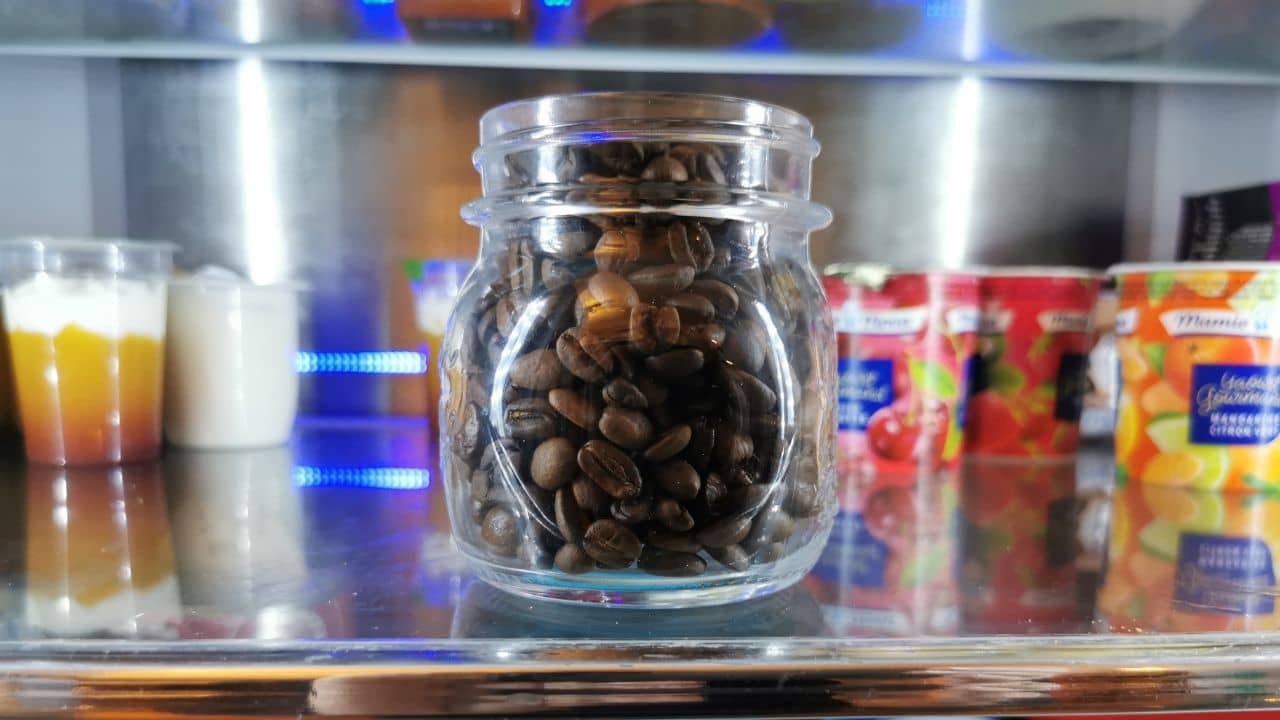

Articles
How To Store Coffee In Fridge
Modified: October 20, 2024
Discover the best way to store coffee in the fridge and keep it fresh for longer with these helpful articles.
(Many of the links in this article redirect to a specific reviewed product. Your purchase of these products through affiliate links helps to generate commission for Storables.com, at no extra cost. Learn more)
Introduction
When it comes to storing coffee, there is often a debate about whether it should be kept in the fridge or at room temperature. While there is no definitive answer, storing coffee in the fridge can have its advantages. In this article, we will explore the reasons why storing coffee in the fridge might be beneficial and provide tips on how to properly store your coffee to maintain its freshness and flavor.
Before delving into the details, it’s important to note that the type of coffee you have plays a significant role in determining whether or not it should be refrigerated. Whole bean coffee tends to retain its freshness longer and can be stored in the fridge without significant flavor degradation. On the other hand, ground coffee is more susceptible to flavor loss and should be used within a shorter timeframe.
Now, let’s take a closer look at why storing coffee in the fridge can be advantageous.
Key Takeaways:
- Storing coffee in the fridge can prolong its freshness and flavor, especially for whole bean coffee. Proper storage containers, minimal temperature fluctuations, and careful handling are key to maintaining optimal quality.
- Freezing coffee can be an alternative for long-term storage, but be mindful of potential flavor changes. Airtight packaging, portioning, and proper thawing are essential for preserving freshness.
Read more: How To Store Brewed Coffee In Fridge
Why Store Coffee in the Fridge?
There are several reasons why you might consider storing your coffee in the fridge:
- Prolongs freshness: Coffee beans and ground coffee contain oils that can go rancid when exposed to air and light. Storing coffee in the fridge can help slow down the oxidation process, keeping the beans or grounds fresher for a longer period of time.
- Protects against moisture and odors: The cool environment of the fridge helps to shield coffee from excess moisture, which can degrade its quality. It also helps keep the coffee away from strong odors that may be present in your kitchen.
- Preserves flavor notes: Some coffee enthusiasts argue that refrigeration can help preserve the delicate flavor nuances of certain coffees. The lower temperature may help slow down the breakdown of aromatic compounds, allowing you to enjoy more of the coffee’s unique flavor profile.
- Extends shelf life: If you buy coffee in bulk or have a larger supply that you won’t be able to consume quickly, storing it in the fridge can help extend its shelf life. This can be especially beneficial for those who purchase whole bean coffee, as it can maintain its freshness for a longer period of time when refrigerated.
While these reasons may make storing coffee in the fridge seem like a good option, it’s important to consider a few factors before making the decision.
Next, we will discuss how you can determine if your coffee can be safely refrigerated.
Determining if Your Coffee Can be Refrigerated
Not all types of coffee are suitable for refrigeration. Determining whether your coffee can be refrigerated depends on a few factors:
1. Type of Coffee: Whole bean coffee tends to have a longer shelf life and can handle refrigeration better than pre-ground coffee. The oils in whole beans are more stable and can retain flavor for a longer period of time. Ground coffee, on the other hand, has a larger surface area, making it more susceptible to moisture and flavor loss. If you have whole bean coffee, it is generally safe to refrigerate it. Ground coffee, however, may not fare as well and may lose its flavor more quickly when refrigerated.
2. Roast Level: Lighter roasted coffee beans typically have more delicate flavors and are more susceptible to moisture degradation. It is generally recommended to avoid refrigerating lightly roasted coffee, as it may lose its unique flavors and nuances faster in cold storage. Medium to dark roasted coffee beans, on the other hand, tend to have bolder flavors that can withstand refrigeration for a longer period.
3. Packaging: Coffee packaging plays a crucial role in determining its suitability for refrigeration. If your coffee is sold in a resealable bag or has a degassing valve, it is designed to retain freshness and can be refrigerated. These types of packaging help to minimize exposure to air and moisture, keeping the coffee at optimal quality.
Before refrigerating your coffee, assess its type, roast level, and packaging. This will help you determine if it is suitable for refrigeration or if you should opt for alternative storage methods.
In the next section, we will discuss how to prepare your coffee for refrigeration to ensure optimal freshness and flavor retention.
Preparing Your Coffee for Refrigeration
Properly preparing your coffee for refrigeration is essential to maintain its freshness and flavor. Here are some steps to follow:
- Ensure the coffee is cool: Before refrigerating your coffee, make sure it has cooled completely. Storing hot or warm coffee in the fridge can introduce condensation and affect its taste and quality. It is best to let the coffee come to room temperature before transferring it to the refrigerator.
- Transfer to an airtight container: To prevent moisture and odors from permeating the coffee, transfer it to an airtight container. Ideally, choose a container specifically designed for storing coffee, such as a glass jar with a tight-fitting lid or a vacuum-sealed container. This will help maintain the freshness of the coffee and protect it from external elements.
- Label and date the container: To keep track of the coffee’s freshness, label the container with the coffee’s roast date or purchase date. This will help you determine how long the coffee has been stored in the fridge and when it is time to use it or discard it.
- Store in the back of the fridge: Place the coffee container towards the back of the refrigerator where it is cooler and less prone to temperature fluctuations. Avoid storing it near other strong-smelling foods or items that could potentially alter the flavor of the coffee.
By following these steps, you can ensure that your coffee remains fresh and flavorful while stored in the fridge. In the next section, we will discuss the type of storage containers that are suitable for refrigerating coffee.
Proper Storage Containers for Refrigerating Coffee
Choosing the right storage container for refrigerating your coffee is crucial in preserving its freshness and flavor. Here are some options to consider:
- Glass Jars: Glass jars with a tight-sealing lid are an excellent choice for storing coffee in the fridge. They are non-reactive and help to keep out air and moisture, maintaining the coffee’s quality. Look for jars with a rubber gasket or a latch-top lid for an airtight seal.
- Vacuum-Sealed Containers: Vacuum-sealed containers are specifically designed to remove excess air and create a seal to preserve the freshness of the coffee. These containers help to maintain the coffee’s aroma and flavor by preventing oxidation. Choose a vacuum-sealed container that is durable and easy to use.
- Ceramic or Stainless Steel Canisters: Ceramic or stainless steel canisters with a secure lid can also work well for storing coffee in the fridge. These materials are odor-resistant and can help protect the coffee from moisture and light. Look for a canister with a silicone or rubber seal to ensure an airtight environment.
- Resealable Coffee Bags: If your coffee comes in a resealable bag with a built-in degassing valve, you can simply fold the bag tightly and place it in the fridge. The degassing valve allows carbon dioxide to escape without allowing oxygen or moisture to enter, maintaining the coffee’s freshness.
Remember to choose a storage container that is appropriately sized for your coffee to minimize the amount of air trapped inside. Additionally, always clean and dry the container thoroughly before transferring your coffee to avoid any potential contamination.
Now that you know the proper storage containers, in the next sections we will discuss how to store both whole bean coffee and ground coffee in the fridge.
Read more: How To Store Butter In Fridge
Storing Whole Bean Coffee in the Fridge
Storing whole bean coffee in the fridge can help maintain its freshness and flavor for a longer period. Here’s how to properly store whole bean coffee in the fridge:
- Keep it in the original packaging: If your whole bean coffee is sold in a resealable bag with a degassing valve, you can simply fold the bag tightly and place it in the fridge. The degassing valve allows the release of carbon dioxide while preventing oxygen from entering the bag, preserving the coffee’s freshness.
- Transfer to an airtight container: If your coffee doesn’t come in a resealable bag, it’s best to transfer it to an airtight container before refrigeration. Follow the steps mentioned earlier in “Preparing Your Coffee for Refrigeration” section to transfer the beans to a suitable container. Label the container with the date to keep track of its freshness.
- Avoid frequent opening: Limit the frequency of opening the container to prevent temperature fluctuations and moisture from affecting the coffee. It’s best to scoop out the desired amount of beans and immediately seal the container to maintain the optimal conditions for freshness.
- Grind before brewing: When you are ready to brew your coffee, grind the desired amount of beans just before brewing. This helps preserve the flavor and aroma of the freshly ground coffee.
By following these steps, you can ensure that your whole bean coffee remains fresh and flavorful when stored in the fridge. In the next section, we will discuss the best practices for storing ground coffee in the fridge.
Storing coffee in the fridge can cause it to absorb moisture and odors. Instead, store it in an airtight container in a cool, dark place to maintain its freshness and flavor.
Storing Ground Coffee in the Fridge
Storing ground coffee in the fridge requires some additional care due to its larger surface area and increased exposure to air. Here’s how to properly store ground coffee in the fridge:
- Transfer to an airtight container: Remove the ground coffee from its original packaging and transfer it to an airtight container. Choose a container that is appropriately sized to minimize the amount of trapped air. Make sure the container has a tight-sealing lid to prevent moisture and odors from affecting the coffee.
- Portion out smaller quantities: Divide the ground coffee into smaller portions that you anticipate using within a few weeks. This reduces the frequency of opening and closing the container, minimizing moisture exposure and preserving freshness.
- Label and date the container: Label the container with the date you transferred the coffee and the roast date, if available. This helps you keep track of the freshness and determine when it’s time to use or replace the coffee.
- Avoid freezer burn: Freezer burn can occur when moisture in the air comes into contact with frozen coffee, resulting in a loss of flavor and deterioration in quality. If you choose to store ground coffee in the freezer for long-term storage, ensure it is well-sealed and protected from moisture.
- Grind as needed: To preserve the freshness and flavor of the coffee, grind only the amount you need just before brewing. Ground coffee quickly loses its freshness, so grinding it in small batches ensures the best possible flavor in each cup.
It’s essential to note that ground coffee does not retain its freshness as long as whole bean coffee. Therefore, it’s best to consume ground coffee within a shorter timeframe to enjoy its optimal flavor. Proper storage and keeping an eye on its freshness will help you make the most of your ground coffee stored in the fridge.
In the next section, we will explore freezing coffee as an alternative to refrigeration.
Freezing Coffee as an Alternative to Refrigerating
If you prefer a longer-term storage solution for your coffee, freezing can be a viable alternative to refrigeration. Freezing coffee can help preserve its freshness for an extended period. Here are some steps to properly freeze coffee:
- Choose the right packaging: Before freezing coffee, ensure it is properly packaged to prevent moisture and odors from affecting the flavor. Store the coffee in an airtight container or a freezer-safe bag with all excess air removed to minimize freezer burn.
- Divide into smaller portions: If you have a larger quantity of coffee, consider dividing it into smaller portions. This allows you to thaw only the amount you need at a time, reducing the risk of repeated temperature fluctuations affecting the entire batch.
- Label and date the packaging: To keep track of the coffee’s freshness, label each packaging with the date of freezing. This will help you determine the time it has been stored and ensure you use it within a reasonable timeframe.
- Avoid constant thawing and refreezing: To maintain the coffee’s quality, avoid repeatedly thawing and refreezing the coffee. Once you remove a portion from the freezer, it is best to use it within a few weeks to enjoy the best flavor.
- Thaw properly before use: When you’re ready to use the coffee, remove the desired portion from the freezer and let it thaw at room temperature. Avoid exposure to moisture by keeping it in its packaging until completely thawed.
- Grind as needed: Similar to storing coffee in the fridge, grinding the coffee just before brewing ensures maximum freshness and flavor. Only grind the amount you need for each brewing session.
Freezing coffee can be a convenient way to store larger quantities while preserving the freshness of your favorite beans. However, it’s important to note that freezing can affect the coffee’s flavor profile slightly. Some coffee enthusiasts argue that freezing can alter the taste due to ice crystal formation, while others find that properly frozen coffee results in minimal flavor changes.
Ultimately, the decision to freeze coffee depends on personal preference and convenience. If properly stored and thawed, frozen coffee can still provide a satisfactory brewing experience. However, if you prefer to maintain the “freshly roasted” flavor, storing the coffee in the refrigerator or using it within a shorter timeframe may be a better option.
In the next section, we will discuss the potential effects of refrigeration on coffee flavor.
The Effects of Fridge Storage on Coffee Flavor
Storing coffee in the fridge can have both positive and negative effects on its flavor. While the cooler temperature can help preserve the coffee’s freshness, there are a few factors to consider regarding its impact on taste:
1. Flavor degradation: Extended exposure to cold temperatures can cause flavor degradation in coffee. While the fridge can slow down the oxidation process, it can also lead to the absorption of unwanted flavors from other foods in the refrigerator. Coffee is porous, and it can absorb odors from nearby items, affecting its taste.
2. Moisture concerns: The fridge is a humid environment, and moisture can impact the quality of coffee. When coffee absorbs moisture, it can lead to the loss of flavor and aroma. Additionally, moisture can create clumps in ground coffee, making it difficult to achieve consistency when brewing.
3. Condensation issues: Taking coffee in and out of the fridge can cause condensation to form on the packaging or container. This can introduce moisture, affecting the coffee’s flavor. It’s crucial to allow the coffee to come to room temperature before opening to prevent condensation from forming on the coffee itself.
4. Flavor absorption: Coffee tends to be highly absorbent, which means it can take on flavors from its surroundings. Storing coffee in the fridge alongside strong-smelling foods or items can lead to flavor cross-contamination. It’s best to store coffee away from strong odors to preserve its true flavor profile.
Considering these potential effects, it’s essential to be mindful of how you store and handle your coffee in the fridge to minimize flavor impact.
In the next section, we will provide some tips for maximizing freshness when refrigerating coffee.
Read more: How To Store Basil In Fridge
Tips for Maximizing Freshness When Refrigerating Coffee
To ensure maximum freshness and preserve the flavor of your coffee when storing it in the fridge, follow these tips:
- Use airtight containers: Investing in airtight containers specifically designed for coffee storage is crucial. This helps to minimize exposure to air, moisture, and odors from other foods in the fridge.
- Freshly grind coffee: If possible, grind your coffee just before brewing to preserve the flavor and aroma. Ground coffee has a larger surface area, making it more vulnerable to flavor degradation. By grinding it right before use, you can enjoy the freshest coffee experience.
- Store in small portions: Rather than storing a large quantity of coffee in one container, divide it into smaller portions that you will consume within a shorter timeframe. This reduces the frequency of opening the container, minimizing exposure to air and moisture.
- Avoid frequent temperature fluctuations: Temperature fluctuations can affect the coffee’s flavor. To maintain consistent freshness, avoid opening the fridge excessively or leaving the coffee out for extended periods. Minimize temperature changes to preserve its optimum quality.
- Allow coffee to come to room temperature: Before brewing, let the coffee come to room temperature to prevent condensation from forming on the beans or grounds. This ensures the coffee’s flavor is not compromised by excess moisture.
- Keep coffee away from strong odors: Coffee is prone to absorbing odors from its surroundings. Store it away from strong-smelling foods or items in the fridge to prevent flavor cross-contamination.
- Monitor coffee freshness: Regularly check the roast date or purchase date of your coffee to ensure you use it within a reasonable timeframe. Over time, even when stored properly, coffee can gradually lose its freshness and flavor.
By following these tips, you can maximize the freshness of your coffee when refrigerating it and ensure a delicious cup every time you brew.
Now, let’s summarize the main points discussed in this article.
Conclusion
Storing coffee in the fridge can be a viable option to prolong its freshness and flavor, but it’s important to consider a few factors before refrigerating. Whole bean coffee generally fares better in the fridge compared to ground coffee due to its lower surface area and higher stability. However, it’s crucial to choose the right storage containers, transfer the coffee properly, and avoid frequent temperature fluctuations to maintain optimum quality.
While refrigeration can help slow down oxidation and extend the shelf life of coffee, it’s essential to be aware of potential flavor degradation and moisture absorption. Avoiding strong odors, allowing coffee to come to room temperature before brewing, and grinding it right before use are effective practices to preserve the coffee’s flavor.
If you prefer a longer-term storage solution, freezing coffee can be an alternative. However, it’s important to properly package the coffee to prevent moisture and freezer burn and to use it within a reasonable timeframe to maintain its taste and quality.
Remember to be mindful of the type of coffee you have, its packaging, and the overall conditions in your fridge when deciding whether to store it there. Assess the freshness of the coffee regularly and adjust your storage and brewing practices accordingly to ensure the best possible coffee experience.
By following the tips and guidelines provided in this article, you can enjoy the convenience of keeping your coffee in the fridge while preserving its freshness and savoring a flavorful cup every time you brew.
Frequently Asked Questions about How To Store Coffee In Fridge
Was this page helpful?
At Storables.com, we guarantee accurate and reliable information. Our content, validated by Expert Board Contributors, is crafted following stringent Editorial Policies. We're committed to providing you with well-researched, expert-backed insights for all your informational needs.
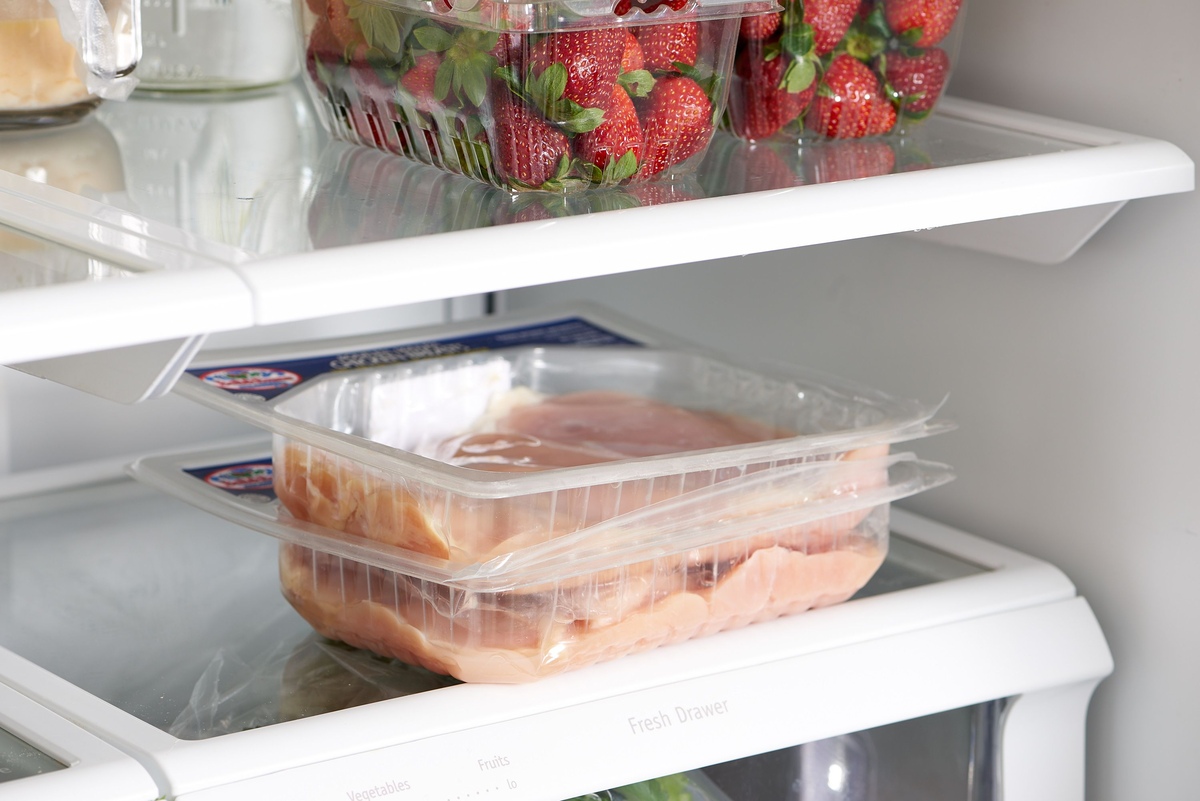

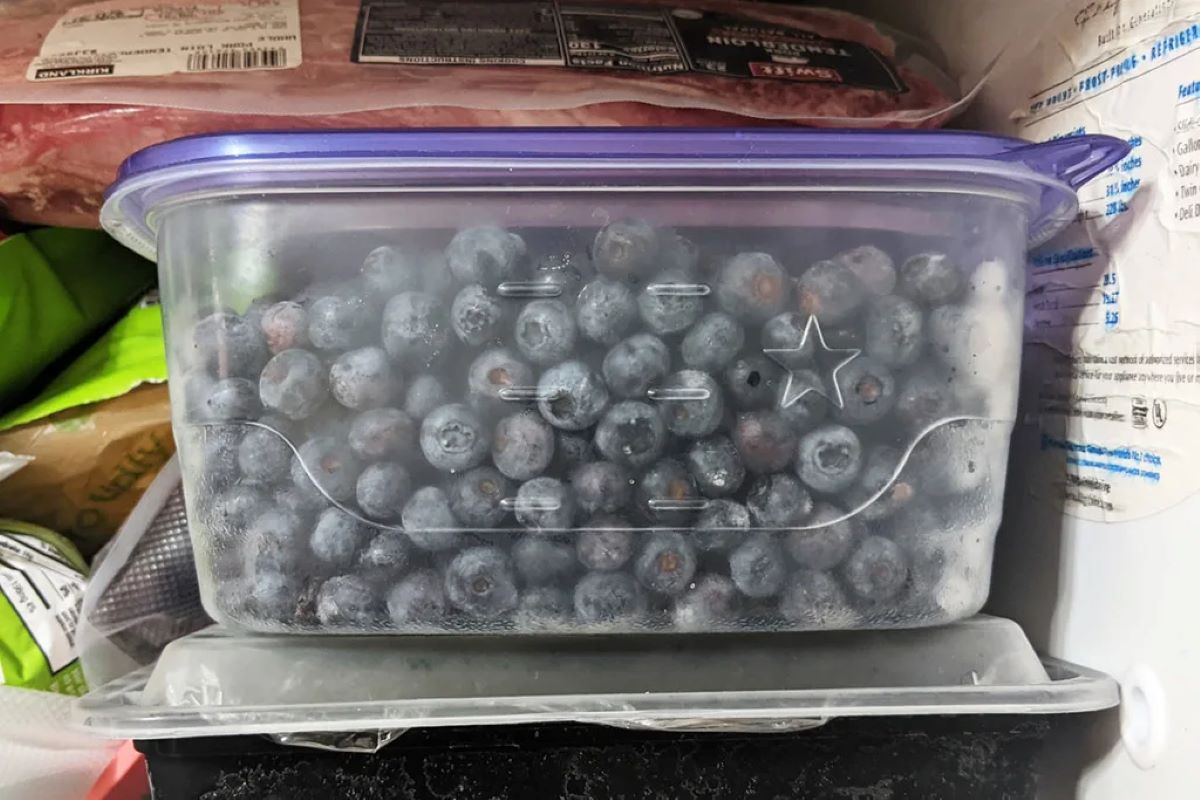
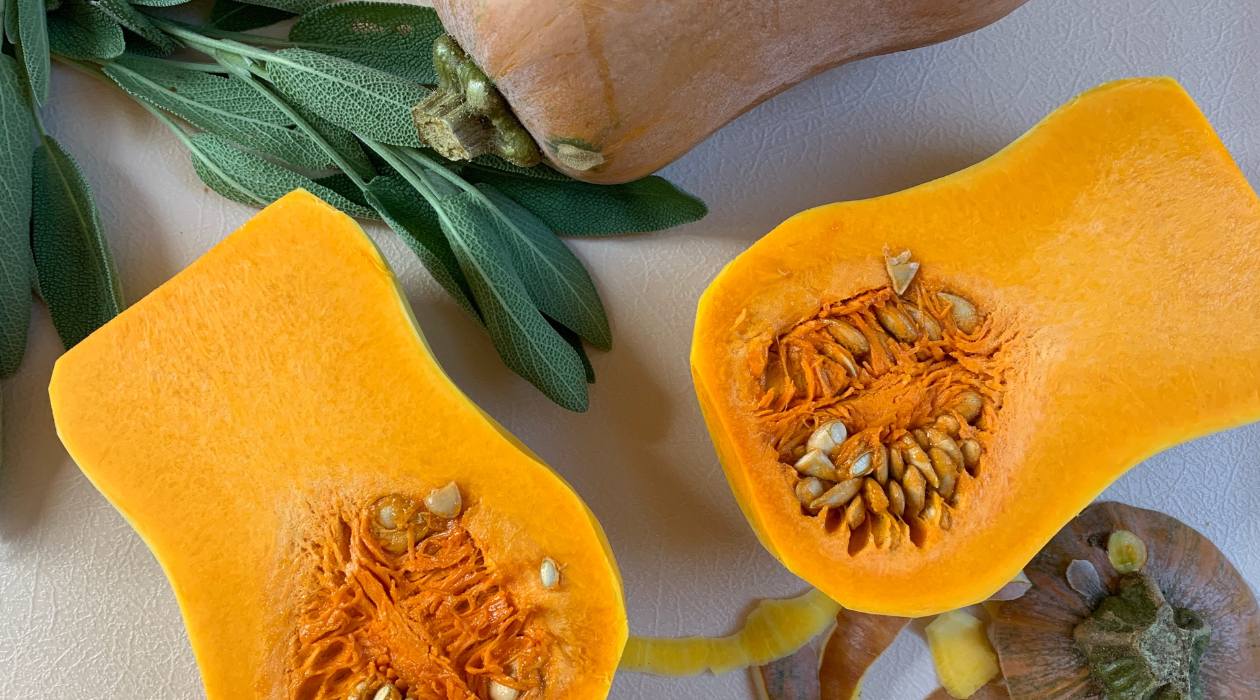
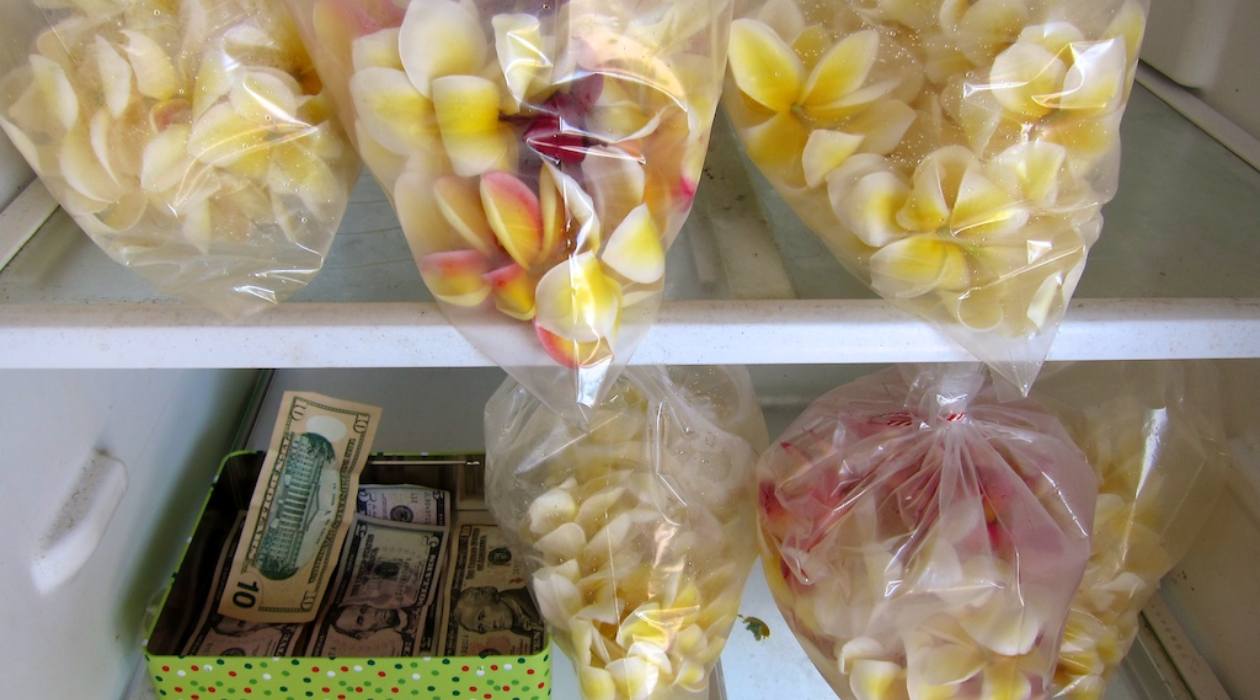
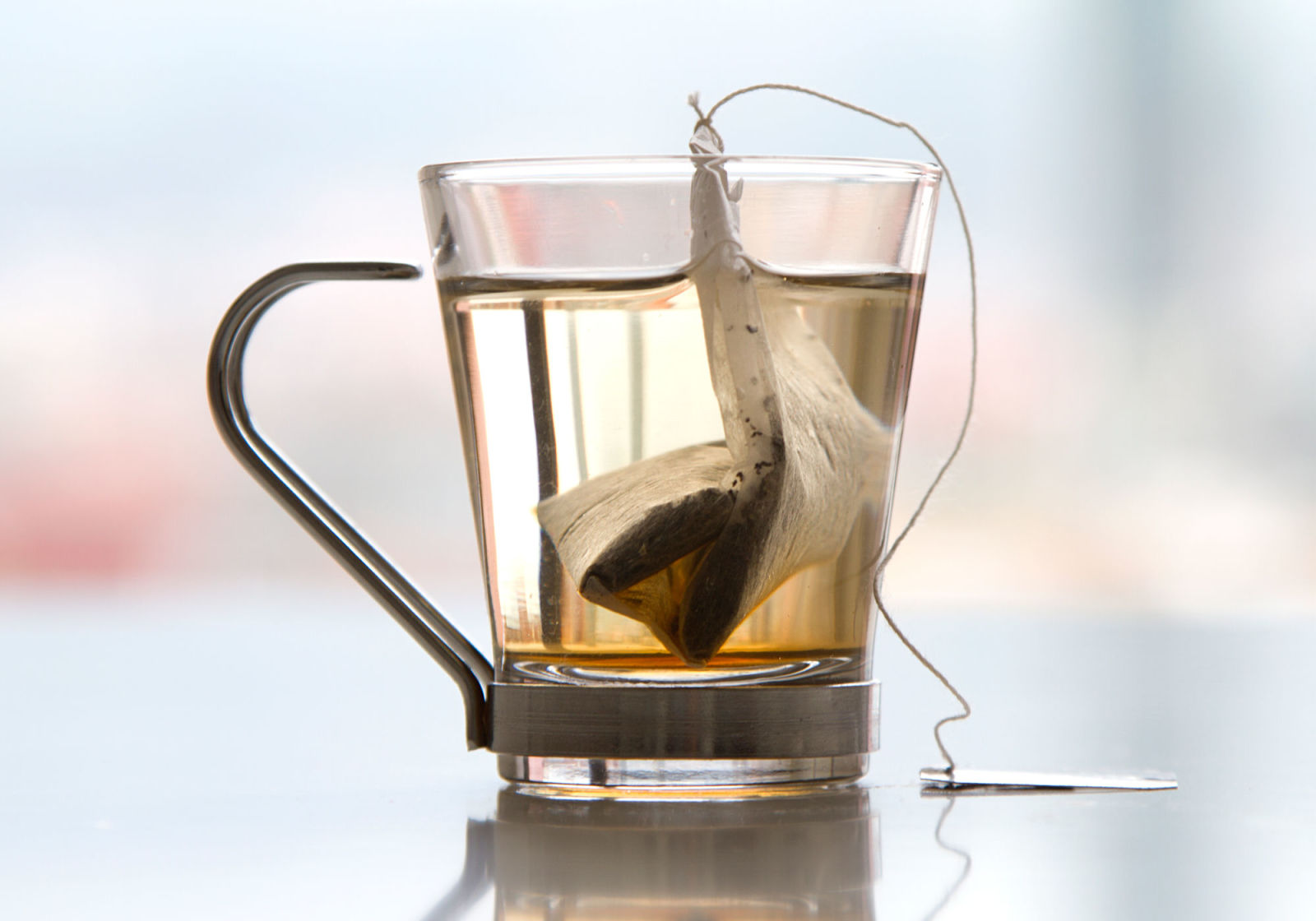
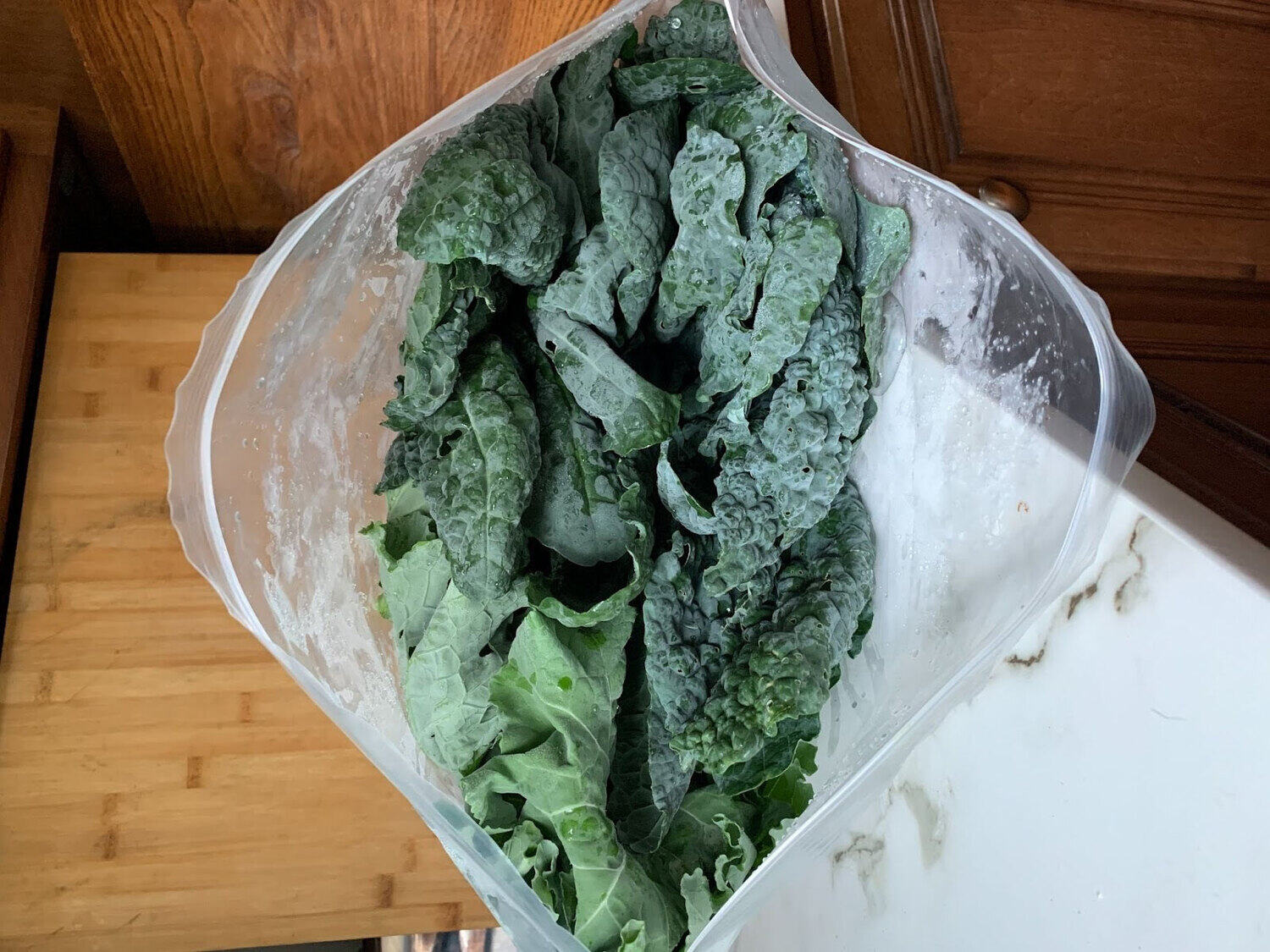
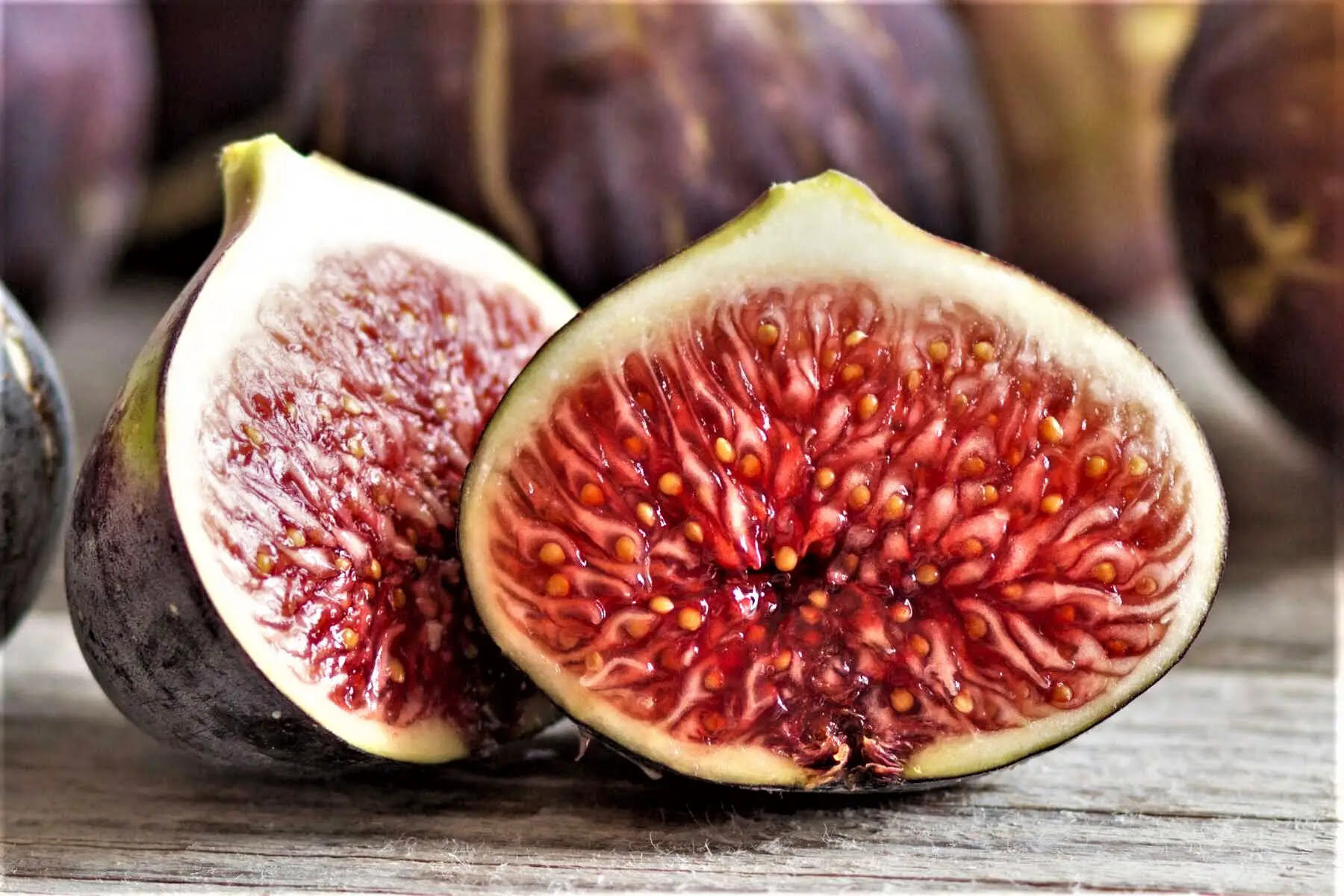
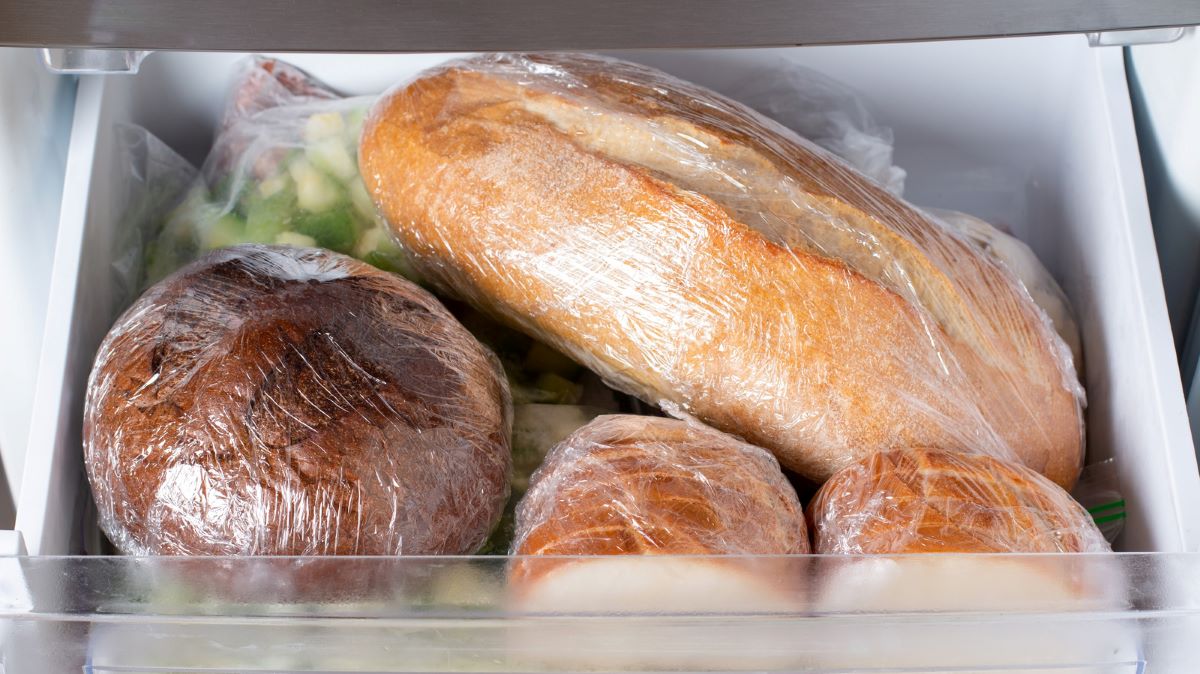
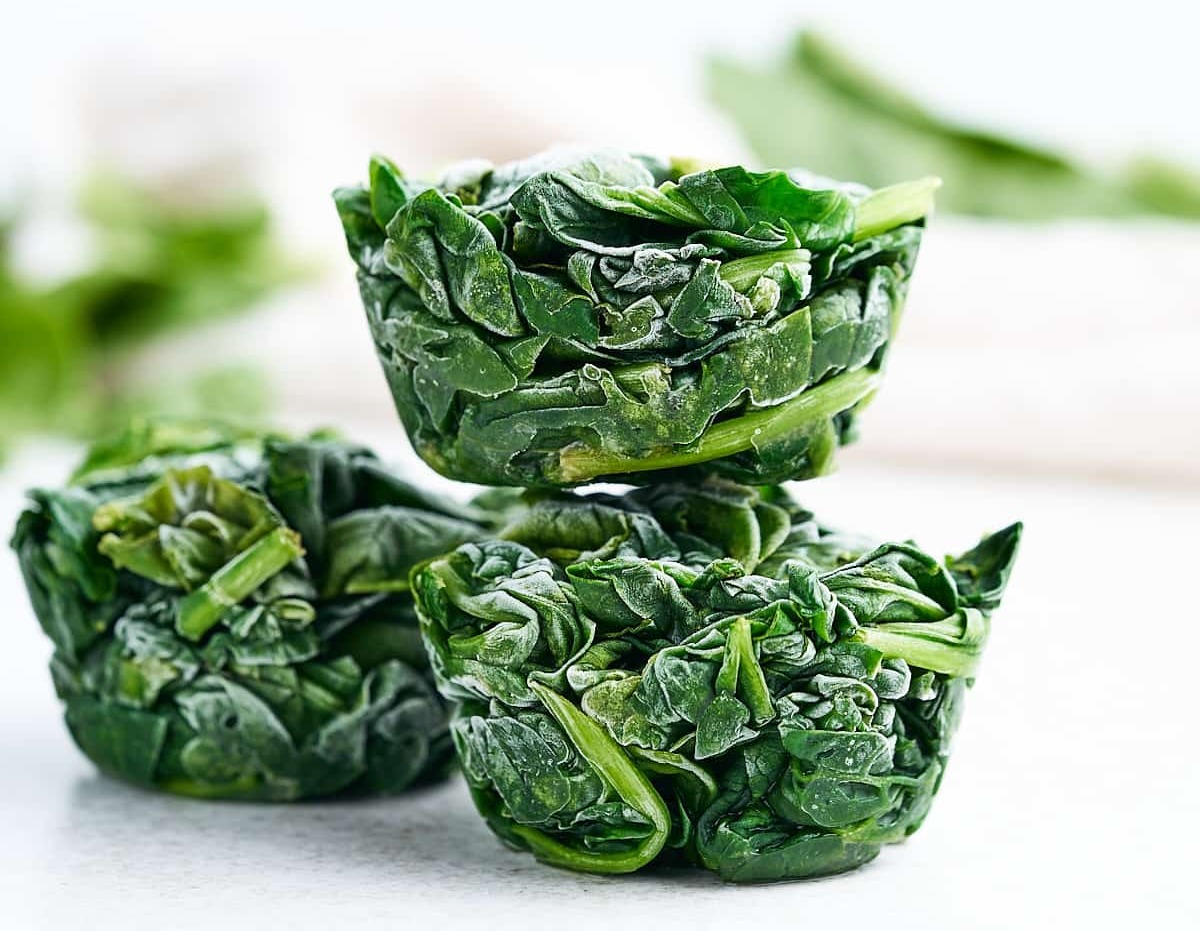
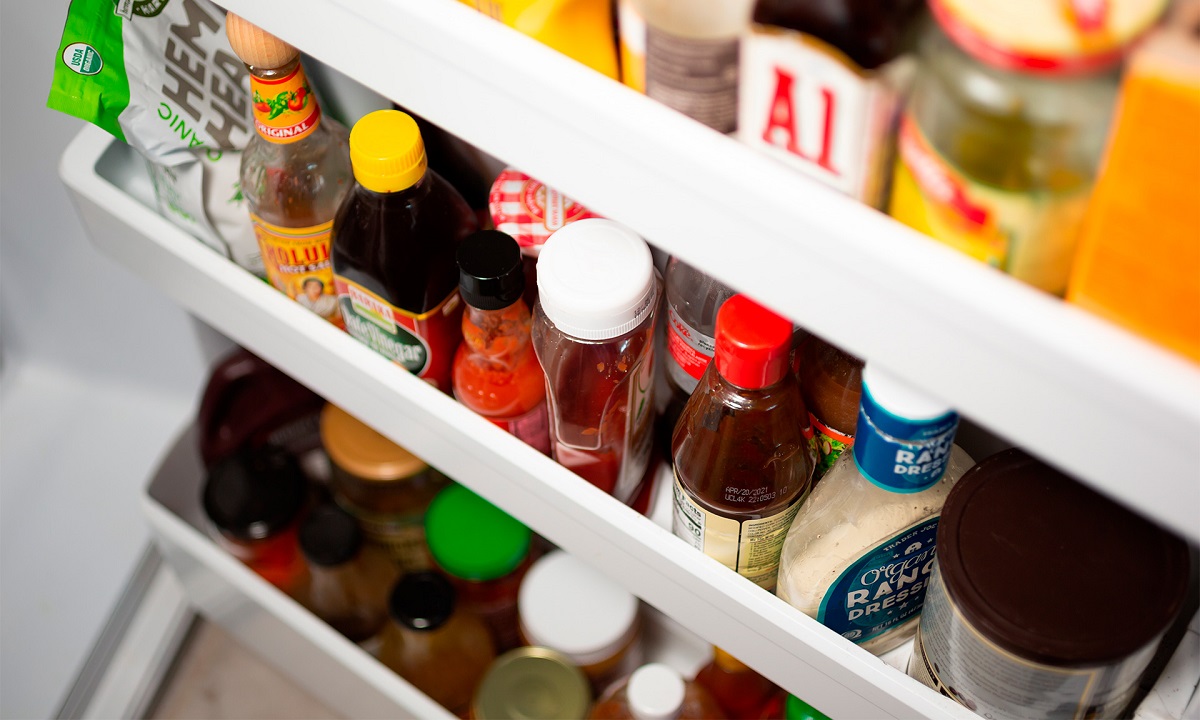
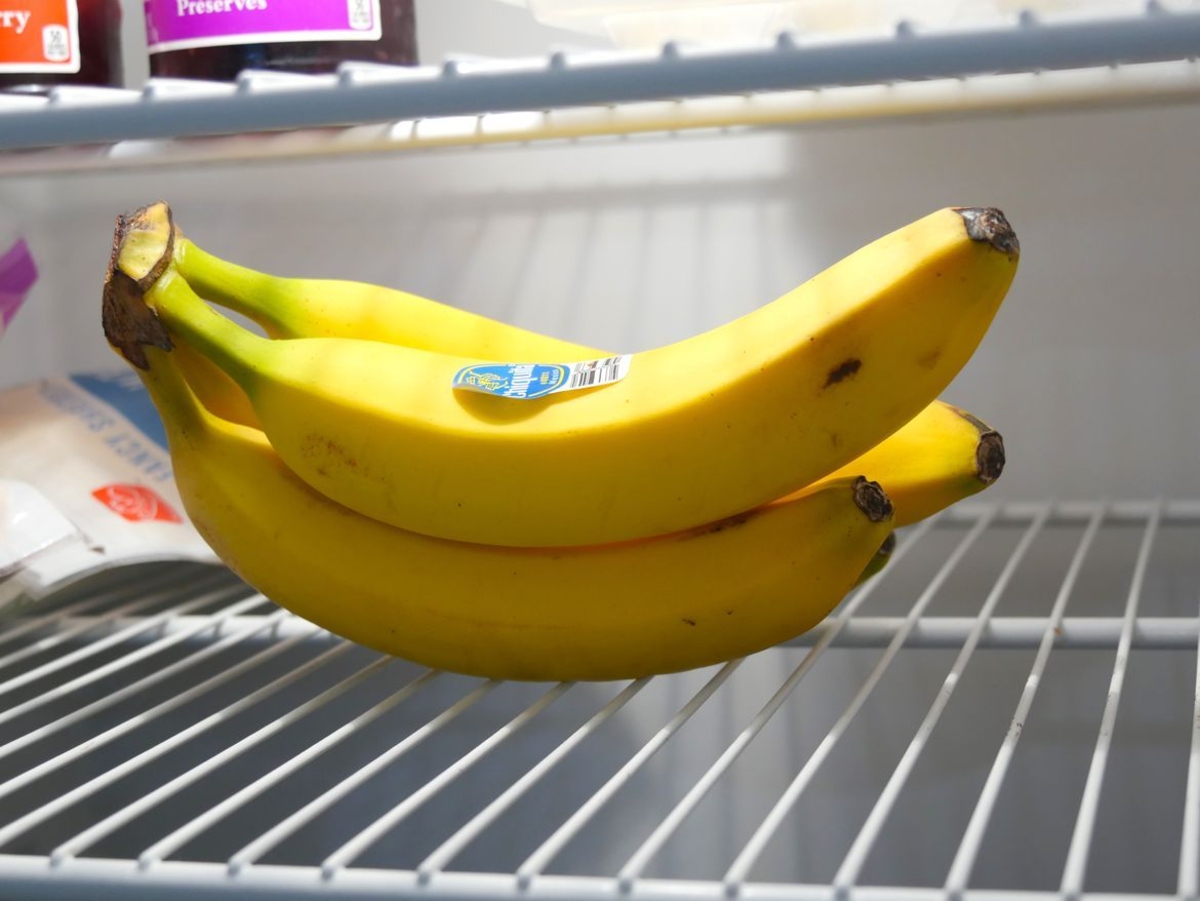
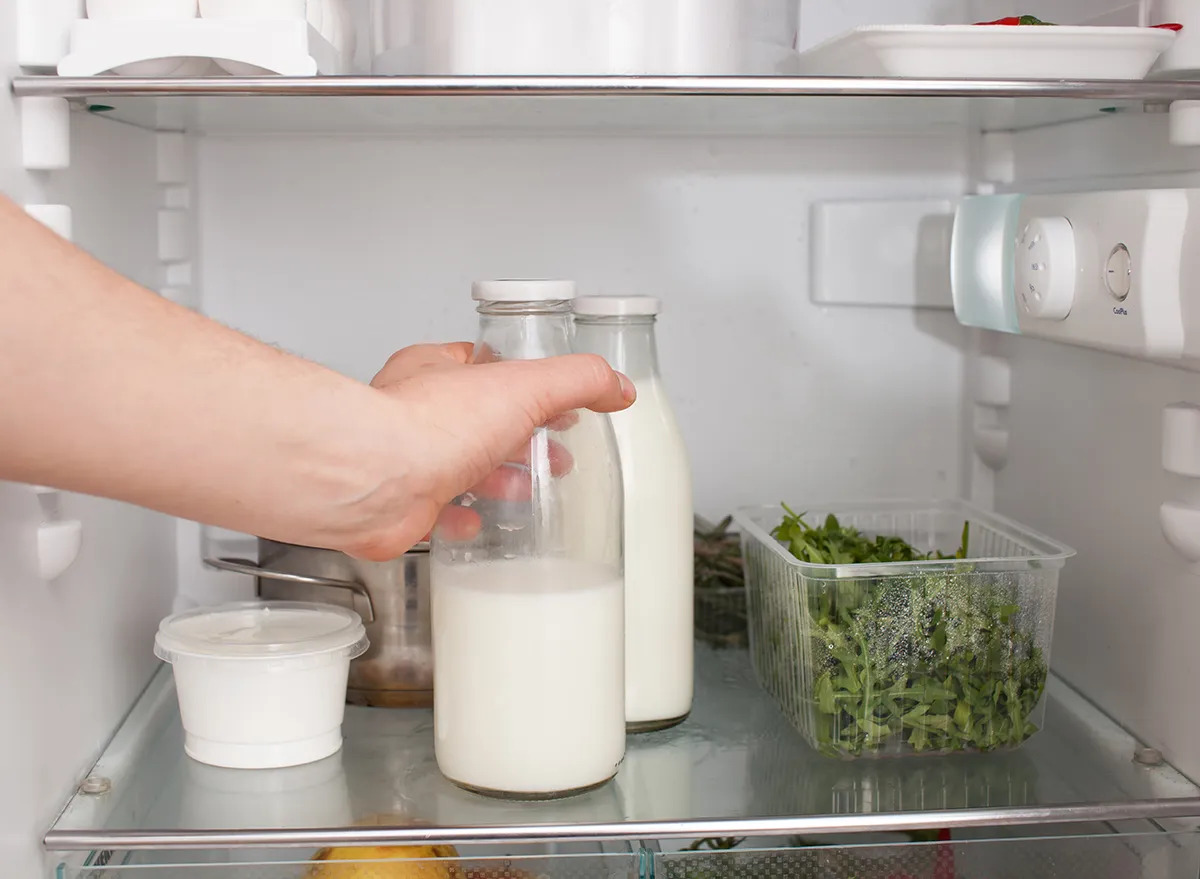

0 thoughts on “How To Store Coffee In Fridge”